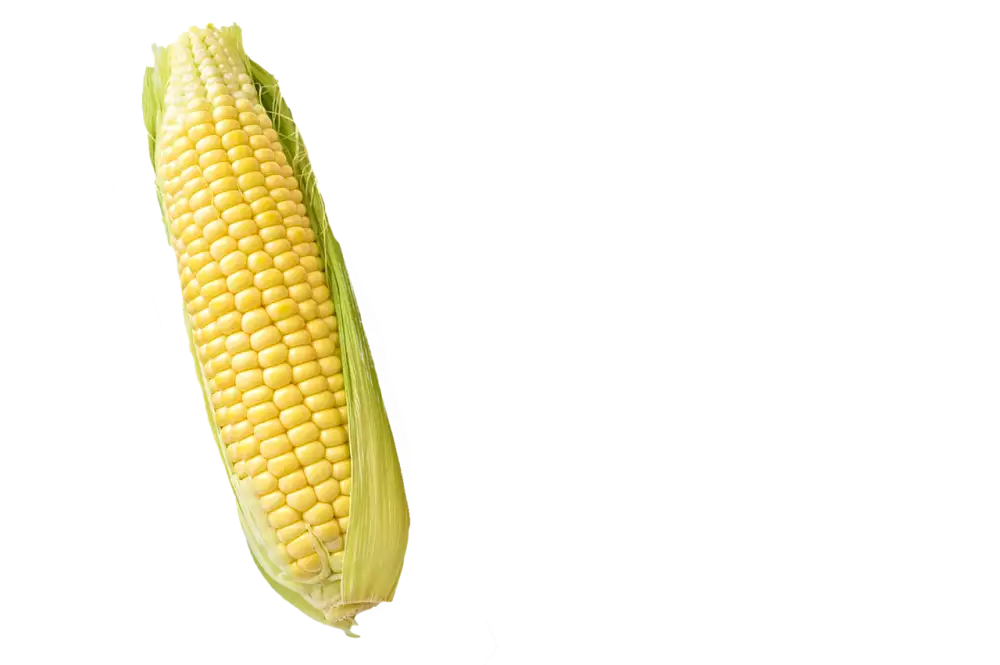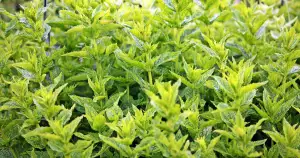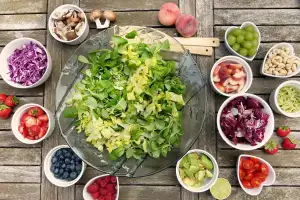Unveiling the Surprising Truth: The Effects of Eating Corn Starch on Health

- Understanding pica: What is it and why do people eat non-food items?
- Exploring the causes and risk factors of pica, including nutritional deficiencies
- The potential health risks associated with consuming corn starch
- Recognizing the signs and symptoms of pica and its impact on overall well-being
- Seeking medical help and professional guidance for managing pica and related behaviors
- Healthy alternatives and coping strategies for individuals with pica
Corn starch, a common ingredient found in many kitchens, is typically used as a thickening agent in cooking and baking. However, it may come as a surprise to learn that some individuals have a strong desire to consume corn starch on its own, leading to a condition known as pica. Pica is characterized by the persistent craving and consumption of non-food items, such as dirt, clay, or even ice. In this article, we will delve into the intriguing connection between eating corn starch and pica, shedding light on the potential impact it can have on one's health.
Understanding pica: What is it and why do people eat non-food items?
Pica is a disorder characterized by the persistent craving and consumption of non-food items. These items can range from dirt and clay to ice, paper, or even corn starch. While it may seem perplexing to some, there are reasons behind this unusual behavior. Pica often develops as a result of nutritional deficiencies, such as iron or zinc deficiency. Additionally, it can be associated with certain mental health conditions or developmental disorders. Understanding why people engage in pica is crucial in order to address the underlying causes and provide appropriate treatment and support.
Exploring the causes and risk factors of pica, including nutritional deficiencies
Pica, the compulsive eating of non-food items, can be caused by various factors. One common cause is nutritional deficiencies, particularly iron and zinc deficiencies. When the body lacks these essential nutrients, it may lead to cravings for substances like corn starch. Other risk factors include developmental disorders, mental health conditions, and pregnancy. Understanding these causes is crucial in addressing pica and its potential impact on overall health.
The potential health risks associated with consuming corn starch
Consuming corn starch may pose potential health risks. While it is generally safe in small amounts, excessive intake can lead to various issues. One concern is the high calorie content of corn starch, which can contribute to weight gain and obesity. Additionally, corn starch lacks essential nutrients like vitamins, minerals, and fiber, leading to nutrient deficiencies over time. Moreover, excessive consumption may cause digestive problems such as bloating, gas, and constipation. It's important to be mindful of the quantity consumed and consider healthier alternatives for a balanced diet.
Recognizing the signs and symptoms of pica and its impact on overall well-being
Recognizing the signs and symptoms of pica is crucial in understanding its impact on overall well-being. Common signs include persistent cravings for non-food items like corn starch, clay, or ice. Individuals may also engage in repetitive behaviors such as eating these substances in secret or hoarding them. Pica can lead to various health issues like dental problems, gastrointestinal blockages, and nutrient deficiencies. It is important to be aware of these symptoms and seek help to prevent further harm to one's health.
Seeking medical help and professional guidance for managing pica and related behaviors
Seeking medical help and professional guidance is crucial for managing pica and related behaviors. A healthcare provider can conduct a thorough evaluation to determine the underlying cause of pica and develop an appropriate treatment plan. This may involve addressing any nutritional deficiencies, providing counseling or therapy to address the psychological aspects of pica, and monitoring the individual's progress over time. It is important to remember that overcoming pica requires a multidisciplinary approach and the support of a healthcare team.
Healthy alternatives and coping strategies for individuals with pica
Healthy alternatives and coping strategies for individuals with pica include finding nutritious substitutes for non-food items. For example, instead of consuming corn starch, individuals can opt for foods rich in iron and other essential nutrients. Additionally, seeking professional help from a healthcare provider or therapist can provide guidance on managing pica behaviors. Engaging in stress-reducing activities, such as exercise or meditation, can also help individuals cope with the urge to consume non-food items.
In conclusion, it is crucial to promote awareness and understanding of pica and its effects on health. By shedding light on this condition, we can help individuals recognize the signs and symptoms of pica, understand the potential health risks associated with consuming non-food items like corn starch, and seek appropriate medical help. Through education and support, we can empower those affected by pica to find healthier alternatives and coping strategies that promote their overall well-being. Let us work together to ensure a healthier future for everyone.
Published: 13. 12. 2023
Category: Health



